Product Description

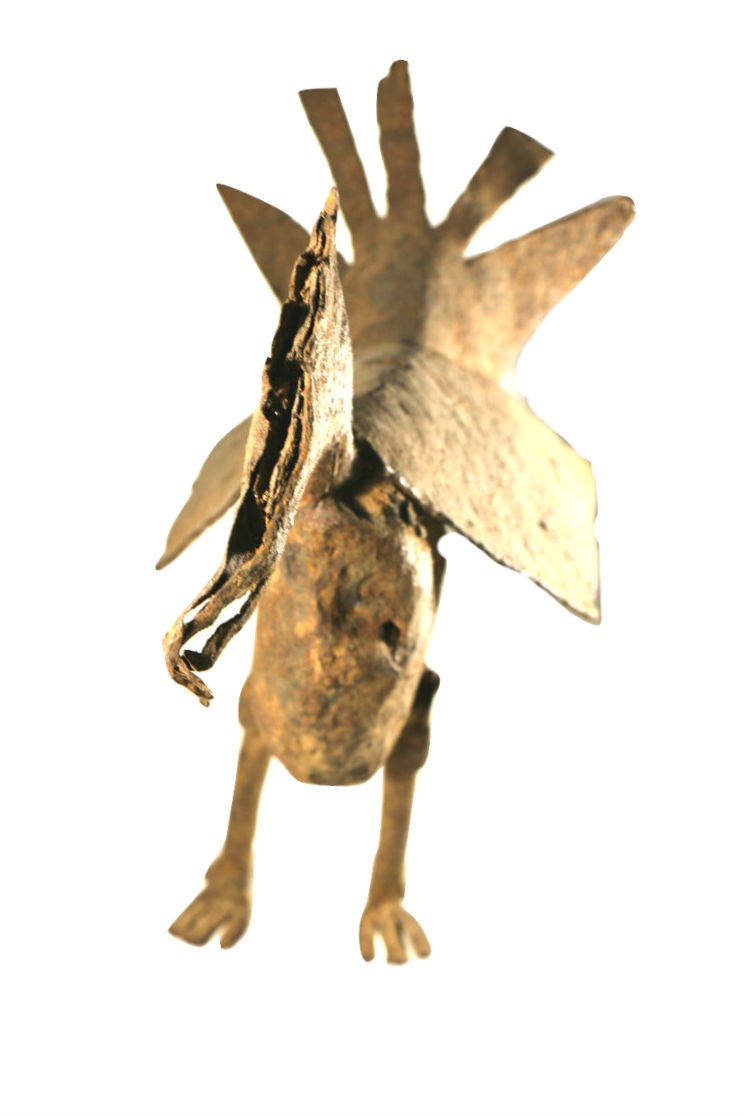
Bronze Edo Dwarf Figure – Nigeria
This finely carved bronze figure represents a dwarf at the court of Benin. Wearing courtly dress in continuation of the traditional bronze art of Benin in form of a bearded person with o-shaped legs and neck adornment. In Edo culture dwarfs were known as the jugglers and acrobats in the Oba court.
Made of 100% Bronze
Model is W 46 – H 22 and weight 5 k
Description
This finely carved bronze figure represents a dwarf at the court of Benin. Wearing courtly dress in continuation of the traditional bronze art of Benin in form of a bearded person with o-shaped legs and neck adornment. In Edo culture dwarfs were known as the jugglers and acrobats in the Oba court. Sculptures dating back in time (14th -15th century) have served as the model for this figure especially similar figures worked in a realistic style using the famous lost wax technique. The dwarf Benin figure is recognized by its over sized head, its stocky (squat) body, its short arms and legs. Though related to late works a close stylistic examination make this most probably a late 20th century example of the metal working tradition in Nigeria. The presence of dwarfed and other bodily conspicuous persons was common at the court of Benin, as well as their figurative depiction.
The Yoruba of West Africa (Benin, Nigeria and Togo, with migrant communities in parts of Ghana, and Sierra Leone) are responsible for one of the finest artistic traditions in Africa, a tradition that remains vital and influential today. The arts of the Yoruba are as numerous as their deities, and many objects are placed on shrines to honor the gods and the ancestors.
Much of the art of the Yoruba, including staffs, court dress, and beadwork for crowns, is associated with the royal courts. Yoruban blacksmiths create sculpture from iron, through hand-beating, welding, and casting, with Ogun being honored as the god of iron. Metalworkers also create brass sculptures by lost-wax casting. Brass is seen as being incorruptible by the Ogboni Society. Beautiful sculpture abounds in wood and brass and the occasional terracotta. The custom of art and artists among the Yoruba is deeply rooted in the Ifá literary corpus, indicating the orishas Ogun, Obatala, Oshun and Obalufon as central to creation mythology including artistry (i.e. the art of humanity).
Yoruba people, also known as Àwon omo Yorùbá, literally: Children of Yoruba are an ethnic group of Southwestern and North Central Nigeria as well as Southern and Central Benin, together known as Yorubaland. The Yoruba constitute over 40 million people in total. The majority of this population is from Nigeria and make up 21% of its population, making them one of the largest ethnic groups in Africa
Additional information
| Weight | 5 kg |
|---|---|
| Dimensions | 46 × 22 cm |
| Material | Bronze, Wood, Ceramic, Terracotta, Woven rattan, Leather |
Leave a reply Cancel reply
Returns and Exchanges
There are a few important things to keep in mind when returning a product you purchased.You can return unwanted items by post within 7 working days of receipt of your goods.
- You have 14 calendar days to return an item from the date you received it.
- Only items that have been purchased directly from Us.
- Please ensure that the item you are returning is repackaged with all elements.
Ship your item back to Us
Firstly Print and return this Returns Form to:
30 South Park Avenue, San Francisco, CA 94108, USA
Please remember to ensure that the item you are returning is repackaged with all elements.
For more information, view our full Returns and Exchanges information.



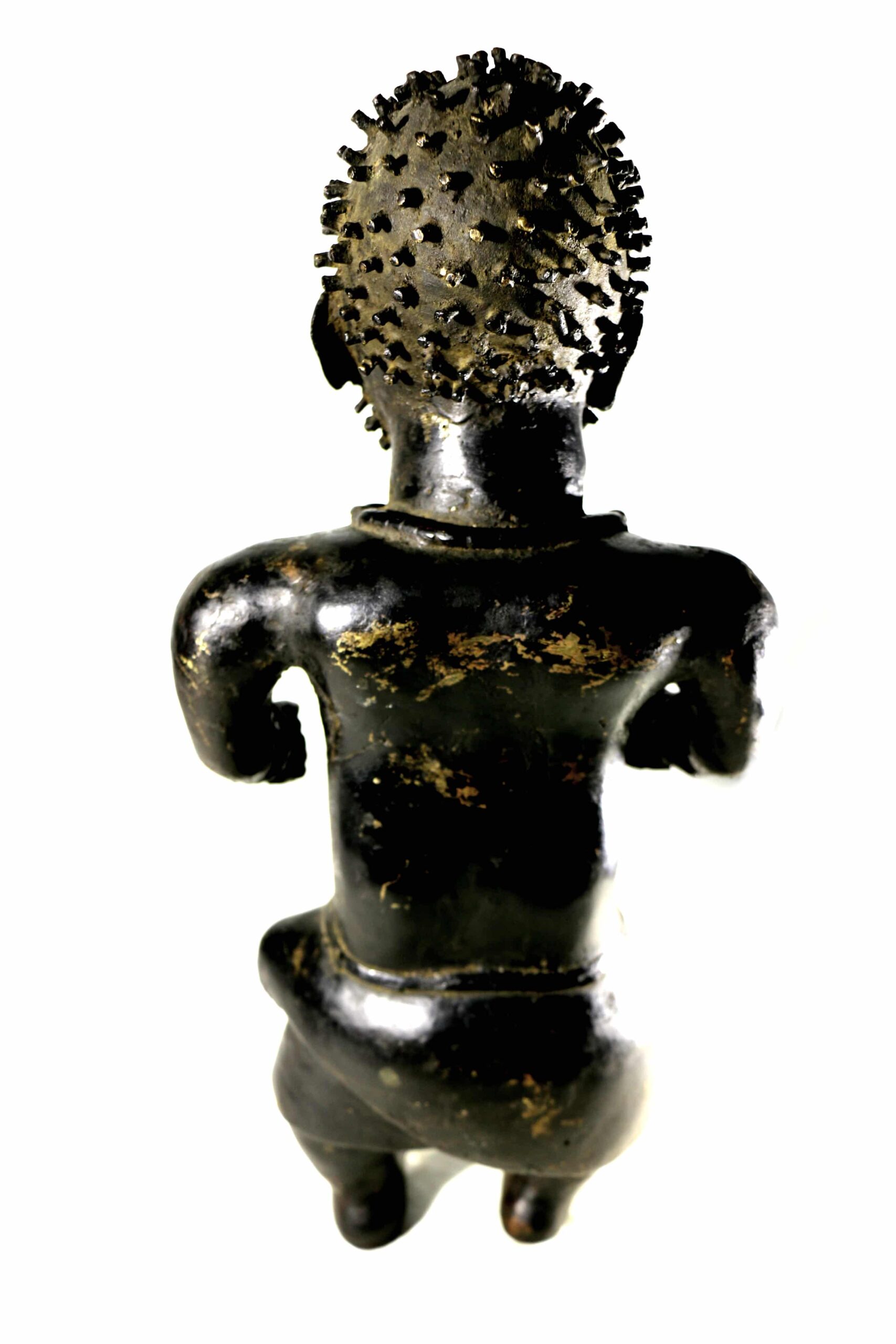

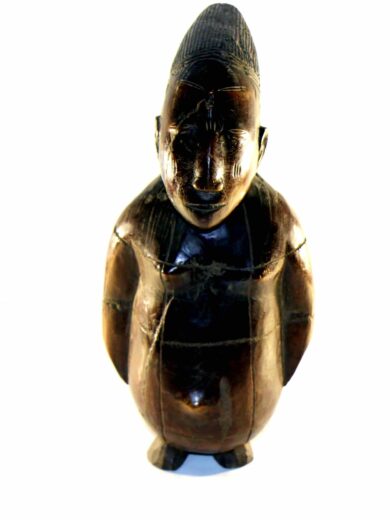
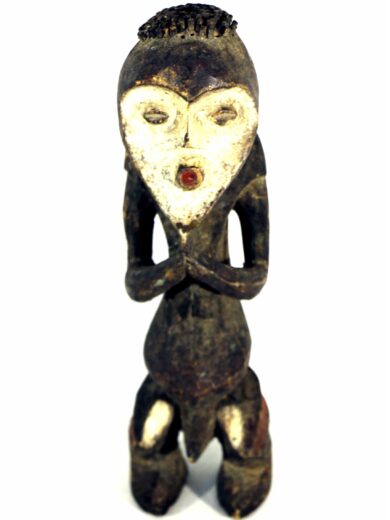


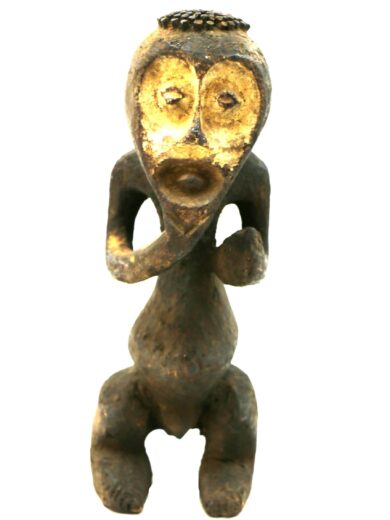





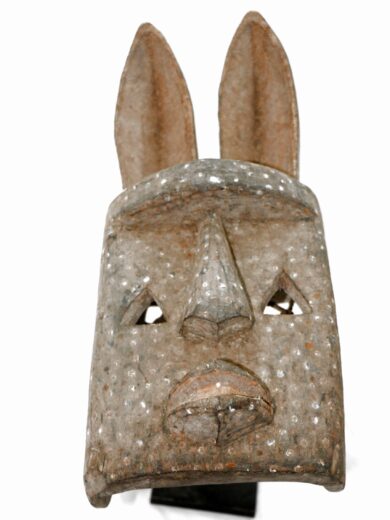
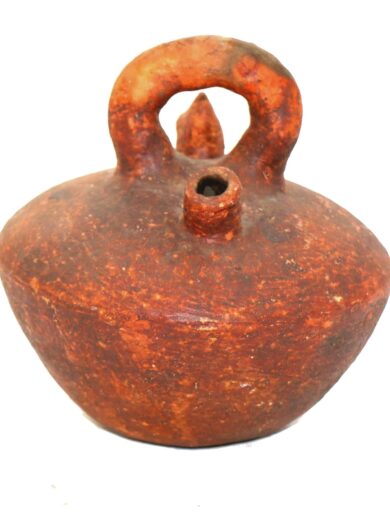
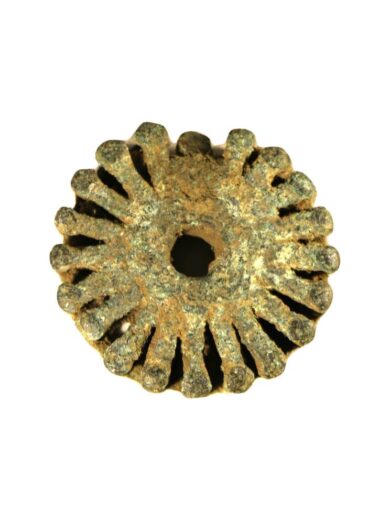
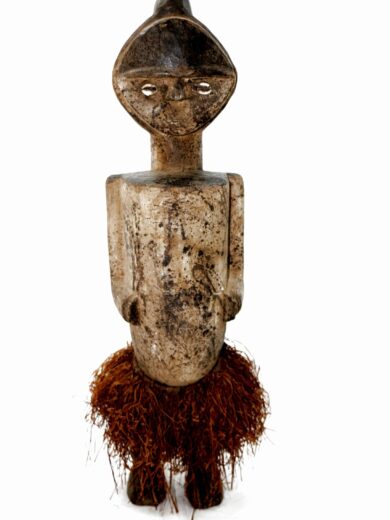
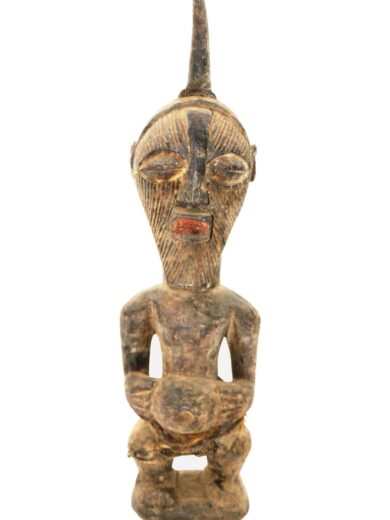
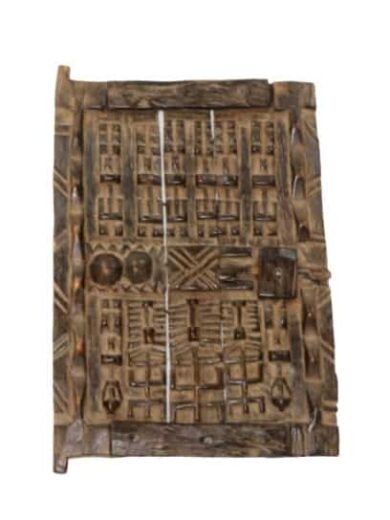

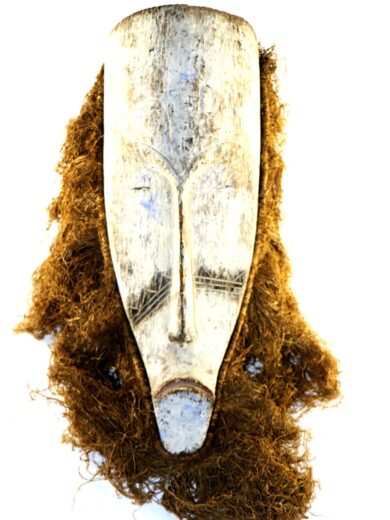
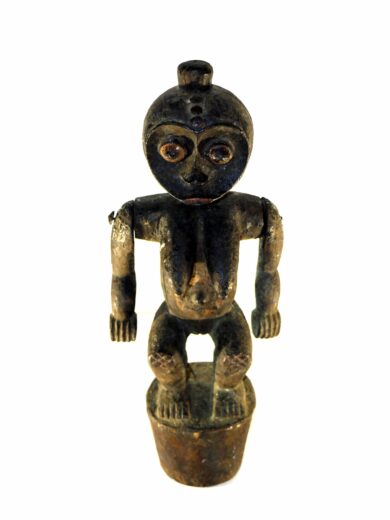
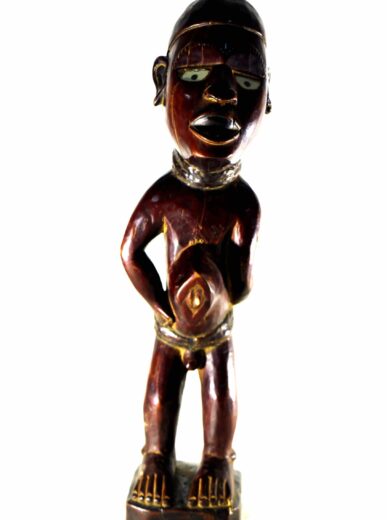
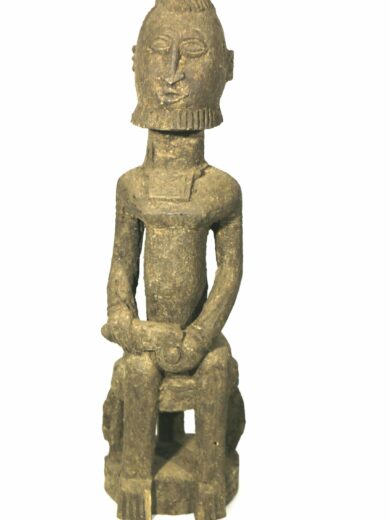

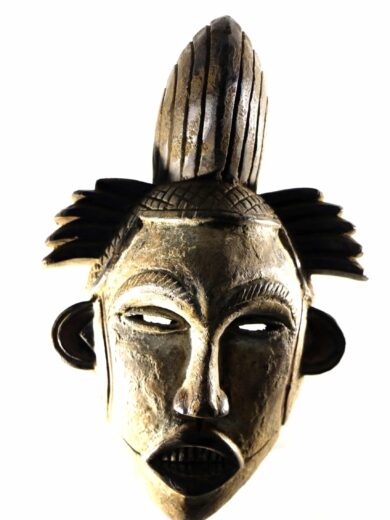

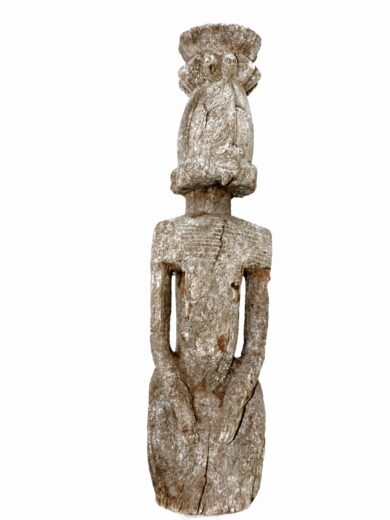
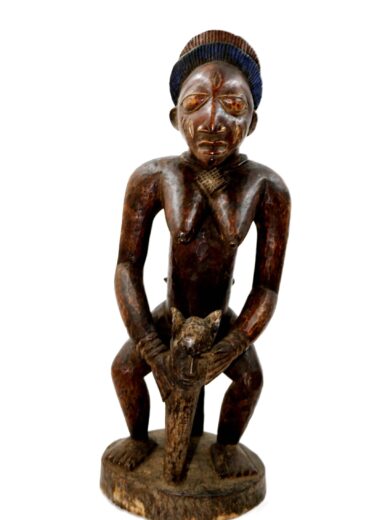
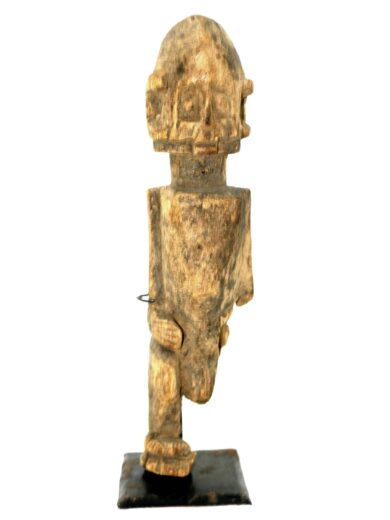

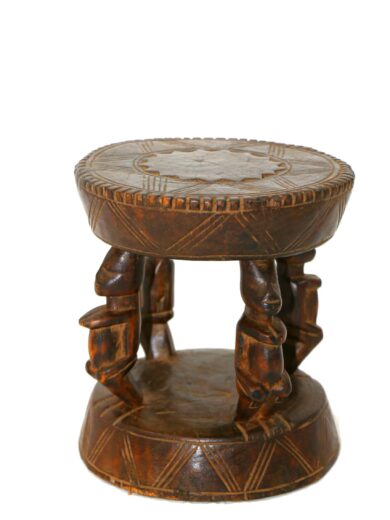
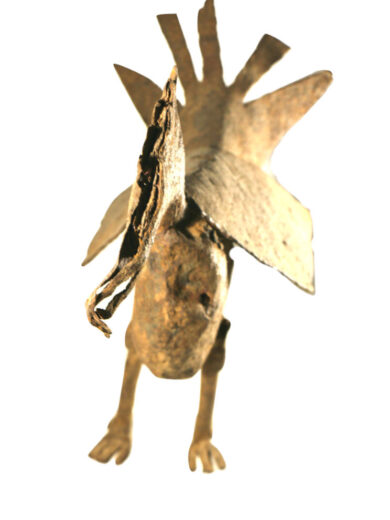
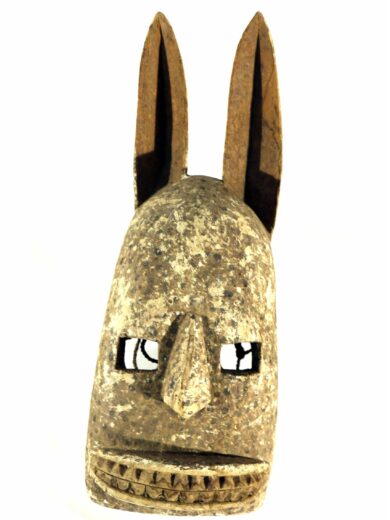
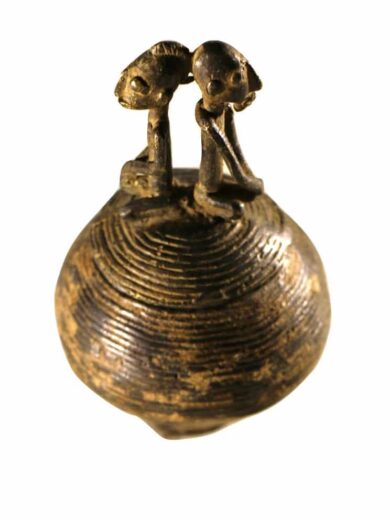
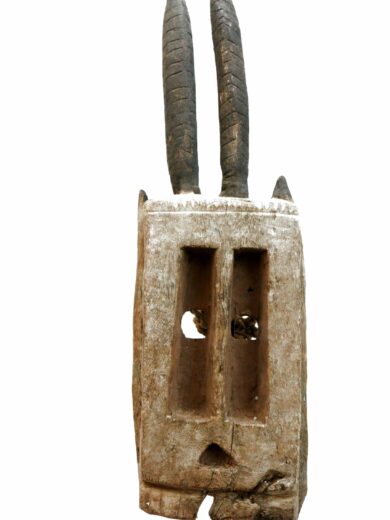

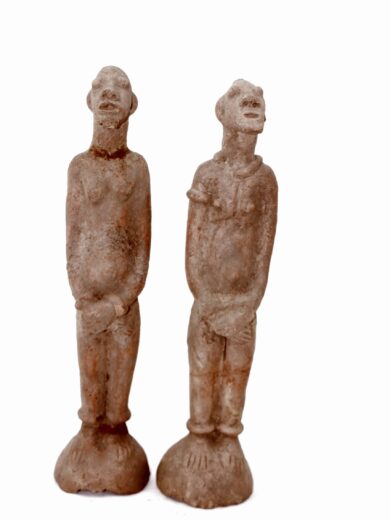

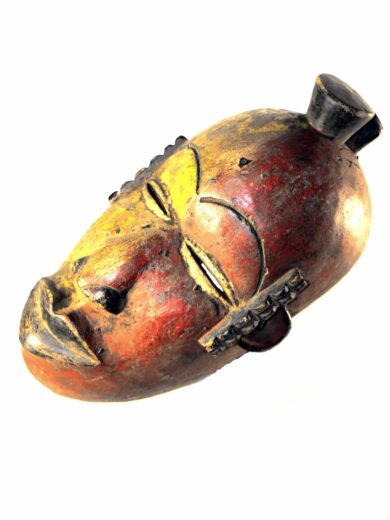
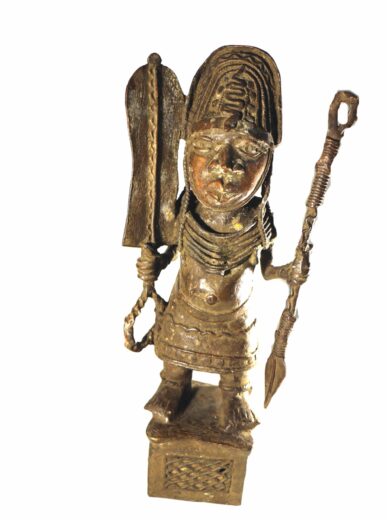
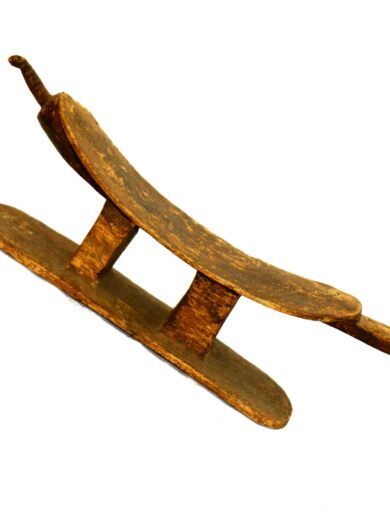


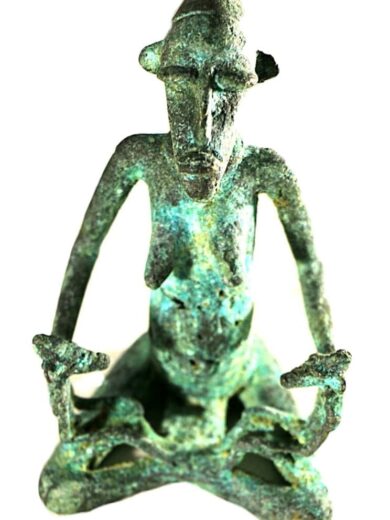
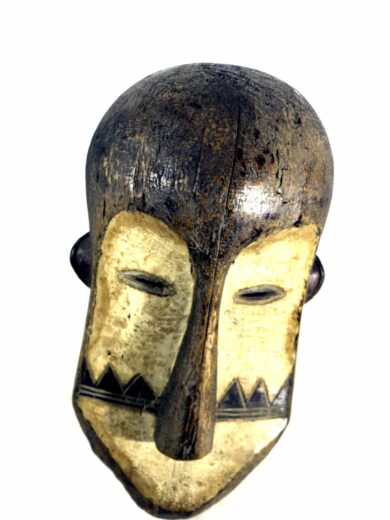

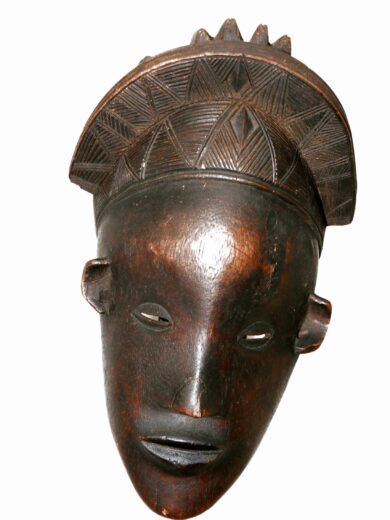

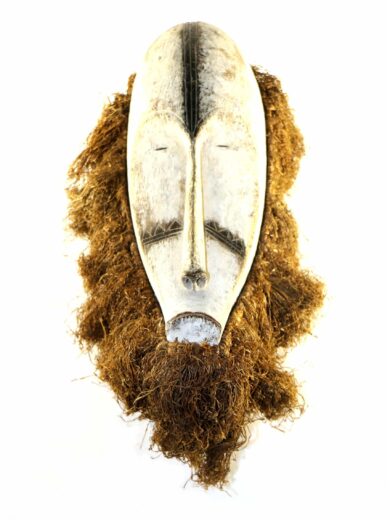
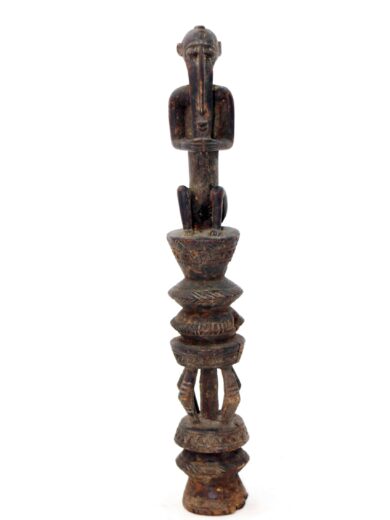
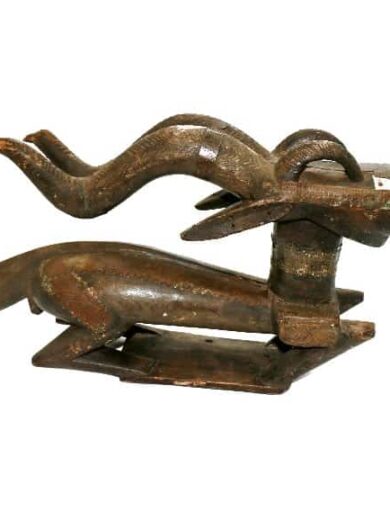

Reviews
There are no reviews yet.